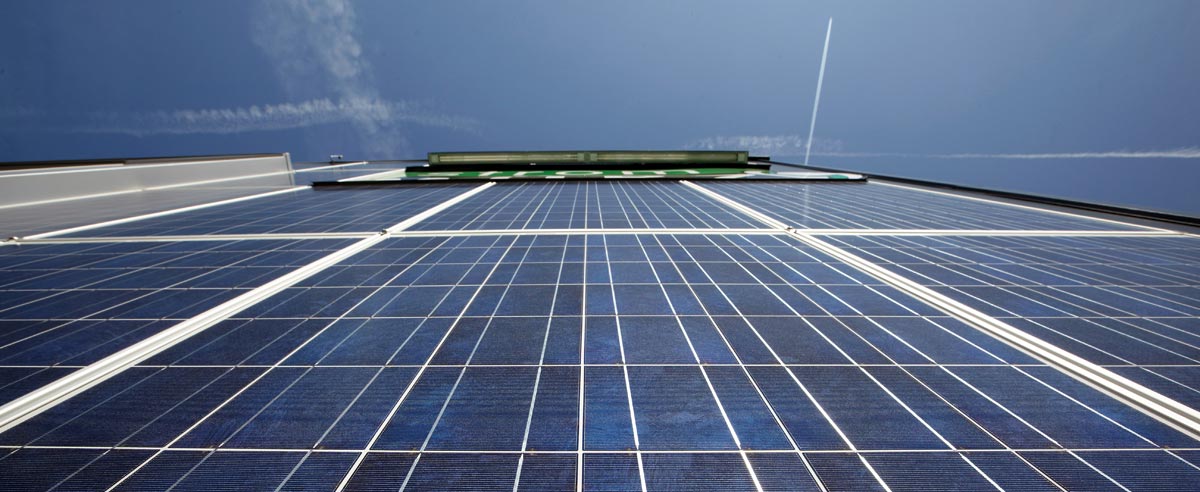Enlarging the share of electricity generated from renewable sources of energy is central to achieving international goals in energy and environmental policy. Photovoltaics (PV) are a key element in a pioneering, sustainable power scenario. In Europe PV is intended to meet 12 % of demand for power by 2020. In Austria installed PV capacity has continually increased in recent years; as 2013 the total rating of all PV facilities connected to the electricity network came to 612.9 MWpeak.
Since 1993 the IEA’s Photovoltaic Power Systems Programme (PVPS) has provided a platform for applied research activities and commercial launch strategies in the field of photovoltaics. This technology initiative is concerned with all aspects of PV systems. With 26 countries and associations currently participating, a broad international exchange of experience is possible. The strategy for 2013-2017 focuses on increased market relevance, new business models and eliminating non-technical obstacles to disseminating this technology. Integrating PV facilities in existing networks, PV integrated in building façades and so-called “solar communities” are important research issues here.
Integrating large numbers of local PV facilities in electricity networks presents new challenges to network management. In some regions capacity is already at its limit, so more local producers could be accommodated only if the networks were upgraded. Here the main issue is maintaining a stable voltage level. Smart Grid strategies offer a tentative solution; the aim here is two-directional communication between producers, consumers and storage facilities, to make sustainable energy management possible. Intelligent control arrangements are intended to provide the technical basis for tying more PV facilities into distribution networks.
As part of IEA PVPS Task 14, which is lead-managed by Austria as Operating Agent, experts from 15 countries analyse the implications of extensive PV supply for the networks, and work out best-practice scenarios for tying local suppliers in. Starting from the existing network infrastructure, the aim is to achieve the greatest possible density of local renewable supply by means of decentralized network management procedures, additional services by PV power inverters, and innovative methods of planning and operation.

morePV2grid
For 70 years the Austrian firm of Fronius International GmbH has been researching new technologies to transform electricity. The Solar Energy division has worked on electronic control systems for PV since 1992, and is developing (inter alia) innovative power inverter systems which convert direct current – as generated in the solar modules – into serviceable alternating current.
In the research project “morePV2grid” (funded by the Climate and Energy Fund) Fronius collaborated with Netz Oberösterreich, AIT Austrian Institute of Technology und MEA solar to develop a strategy for voltage control by means of power inverters, and tried it out. The question was how many local PV facilities can contribute to maintaining a stable voltage in the absence of higher-level system/communication engineering, by autonomously adjusting their individual active and reactive power locally.
These approaches were verified in practice in a field trial lasting several months in a real-world low-voltage network with an above-average density of PV facilities. In this test network the electrical conditions for voltage control on the basis of reactive power were fairly disadvantageous, in line with the then state of the art. In the course of the project local reactive-power adjustment actually made good roughly a third of the rise in voltage due to supply factors; the network’s capacity to accommodate local suppliers thus improved by a third. It was also established that if active power is optimized as a function of voltage, the rise in voltage due to supply factors can be reliably kept below a defined ceiling. The project’s results show that integrating numerous local PV facilities in a distribution network is feasible and works in practice, if innovative power inverters are used to provide local, autonomous, intelligent control – entirely without communications infrastructure.
Share

